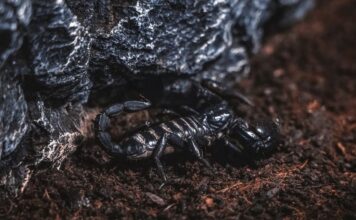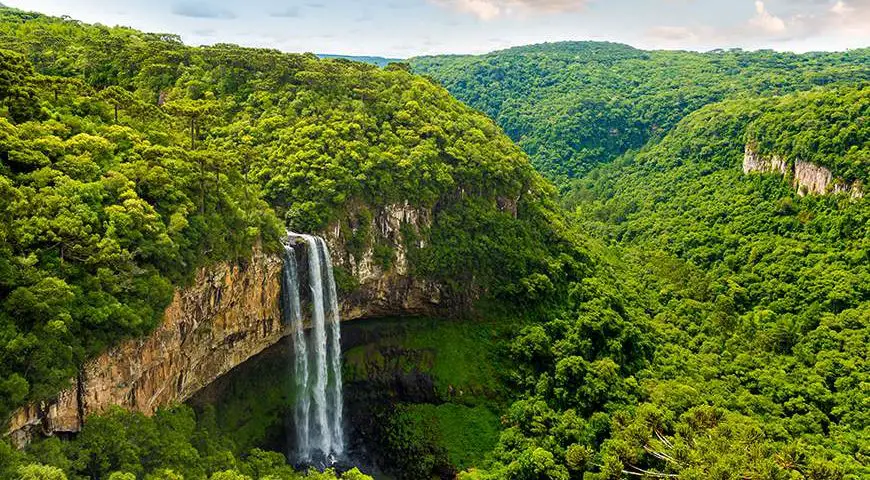In winter, Lake Baikal is sometimes the scene of the formation of strange little structures: stones are found in balance on top of small columns of ice. Explanations of this rare and astonishing phenomenon.
It is not only in Japanese gardens that you can find “Zen stones”, these stacks of pebbles balanced on top of each other. Sometimes, when weather conditions are favourable, it is indeed possible to observe them on the frozen surface of Lake Baikal, in Siberia. With the difference that here, this astonishing construction is not the work of a human hand, but of nature.
Pebbles thrown on the ice of the lake by walkers find themselves one fine day, as if by a miracle, at the top of a small frozen pedestal, hence the term “Zen stone”. By miracle ? Not exactly. Because this rare phenomenon has a physical explanation. To understand it, we need to understand the physics behind it.
Sublimation and shadow effect
Scientists have indeed reproduced the observation made on Lake Baikal and have thus denied the popular hypothesis that it is the foot of ice that gradually lifts the stone. Their results show that it is actually the surface of the ice that descends, in response to the phenomenon of sublimation.
Sublimation corresponds to a change in the physical state of water, which we rarely have the opportunity to observe. Under the action of the sun’s rays which heat it up, the ice present on the surface of the lake vaporizes instantaneously without passing through the liquid phase. Thus, the surface of the lake drops by a few millimeters every day. But why don’t the pebbles placed on the ice follow the same movement?
Simply because the stone protects the ice located below it from the sun’s rays. A bit like fairy chimneys, a small column of ice forms just under the pebble, which will then gradually find itself raised above the frozen surface.
A spectacular but nevertheless ephemeral phenomenon: the sublimation of the ice will indeed quickly thin the pedestal, leading to the destruction of this natural work of art in two or three weeks.




